As I write this, it is Tuesday morning, September 3rd. It's bright and sunny, with a forecasted high of 107 degrees. I spent a large portion of yesterday's holiday in the pool, and despite applying multiple layers of sunscreen, my normally pasty white skin has more of a Red Lobster-like hue - which is why I was so confused to learn that Fall has arrived.
Hmmmm. Fall? We just left August in our rearview mirror. That just doesn't seem right. So, I checked the calendar, and we have several more weeks to go with our dear friend Summer. Turns out I am wrong. Despite my personal experience, meteorological evidence, and a calendar coordination stating the contrary, Fall is here!
How do I know? My favorite barista says so.
As the temperature crawls into the triple digits in Arizona, Starbucks declared the start of Fall by releasing its annual cult beverage, the pumpkin spice latte (PSL). It's the earliest release date ever for this much-hyped beverage.
The PSL is Starbucks' most popular seasonal beverage, with about 424 million sold worldwide, making it a retail juggernaut that has led to a national discussion about capitalism, our culture, and the eternal nature of our national holidays.
And Starbucks is no unicorn.
Home Depot has had Halloween decor up since July 5th, and I spotted Christmas trees at Costco earlier this week. In August? Are you kidding me? Should I start shopping for Valentine's cards and worrying about whether Punxsutawney Phil will see his shadow? Regardless of the holiday, it just keeps getting earlier and earlier.
Under the influence of 'season creep,' retailers are not the only ones adjusting their schedules. Our schools are also shifting, significantly impacting our education and music programs. Schools and their itinerant programs are starting earlier, and rehearsing/practicing longer.
Increased rigor, mitigating learning loss, and maximizing facility use have more and more of America's schools turning to modified calendars and earlier start dates. - making "year-round" schools less of an outlier and more the norm.
These changes have had a direct impact on families' activities. As schools adjust their start dates, summer music camps become less feasible, instrument rentals are extended, and the family vacation window shrinks. As I watched DCI finals two weeks ago, I wondered how my son would ever march, considering that it would mean missing the first four weeks of school.
For many, August band camps have fallen back into July. Mini-camps and chop shops fill the June break, and show reveals are scheduled for a week after returning from Dayton and WGI. It's year-round. When does this incredible activity start and end? Or are we stuck in a perpetual loop of season creep?
I love the marching and pageantry arts activities as much as I love music education as a whole. It's not just a profession; it's a passion. I understand and embrace the grind as a part of the transformational process. I was one of the early adopters in Arizona of "year-round concert band," which moved marching band rehearsals to outside of the school day. I also recognize that increased rigor and demand have brought higher-quality instruction and better source materials (drill & music). Simply put, the activity is better because teachers and kids are better.
But is there a cost to this advancement? And if so, is the trade off worth it? How do we balance demand and achievement? These are difficult questions, and ones without any certain answers.
And we are not alone in this dilemma.
Elementary schools are limiting recess in favor of more class time. Middle schools are reducing access to electives for at-risk students who need it the most. High school is now about specialization: academically, athletically, and artistically. Pick one lane and stay in it, or risk being left behind. Is this what we envision for our young people. Is the high school experience meant to provide lots of meaningful experiences or just a very few high level/specialized experiences?
Where is the line? How much is too much? When does rigor become ridiculous? In music, school, and life, when is enough enough?
I don't know the answer, but I suspect that much like our new friend the pumpkin spice latte, the answer likely lies in the uniqueness of each teacher, program, and school community.
Let me explain.
Yesterday afternoon, my wife asked me to retrieve her fall decorations from our garage. Now, I love myself a pumpkin candle, but the irony of retrieving fall decor in 106-degree weather, with a sunburn, in an unairconditioned garage was not lost on me. Fall? The only fall I was feeling was one from heat stroke.
So, yesterday, in Maine, North Dakota, or Alaska, you might have enjoyed yourself a pumpkin spice latte, but in Arizona, I needed a cold beer.
The answer for one is not the answer for all.
Have a great week.
Scott
